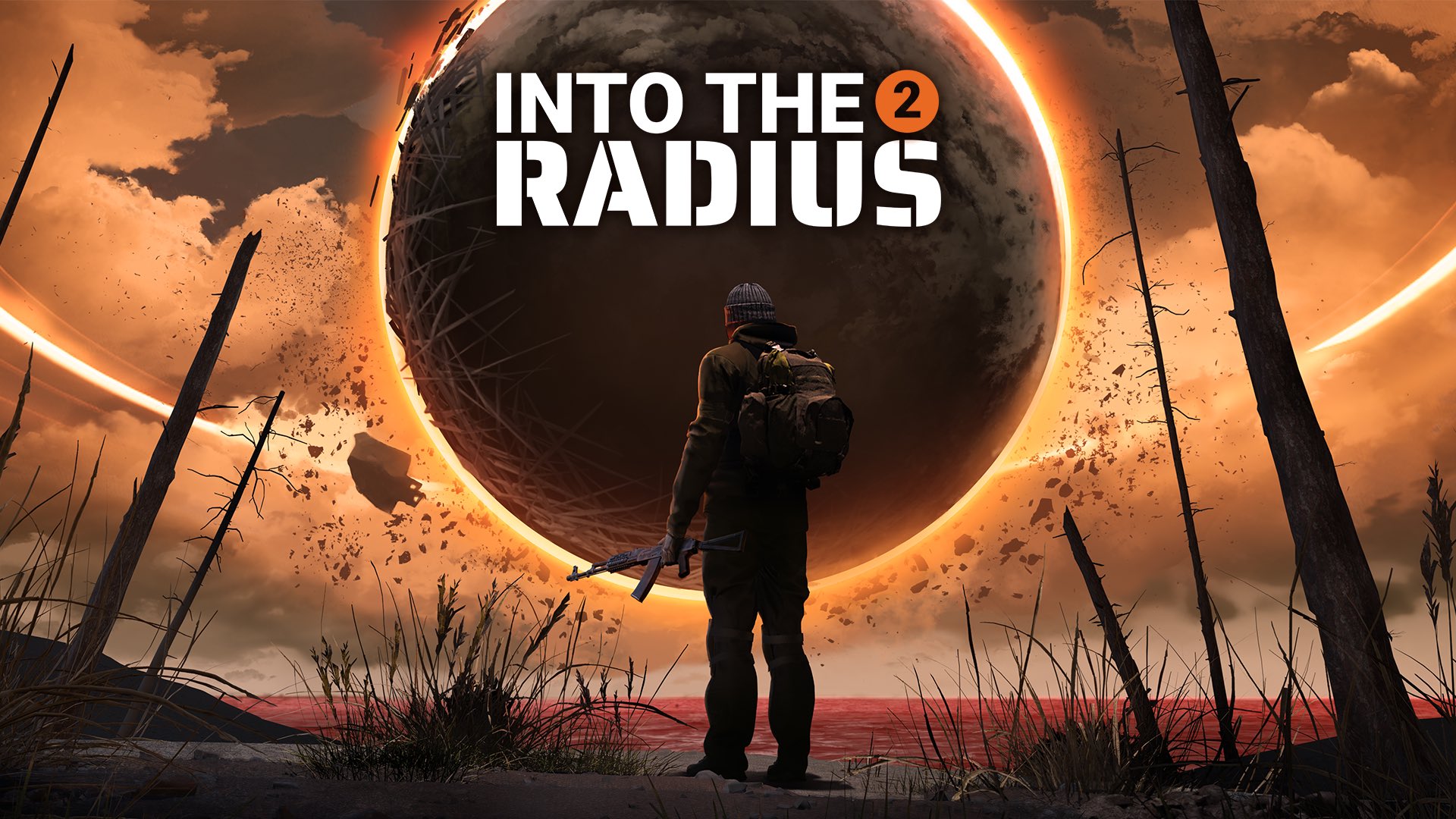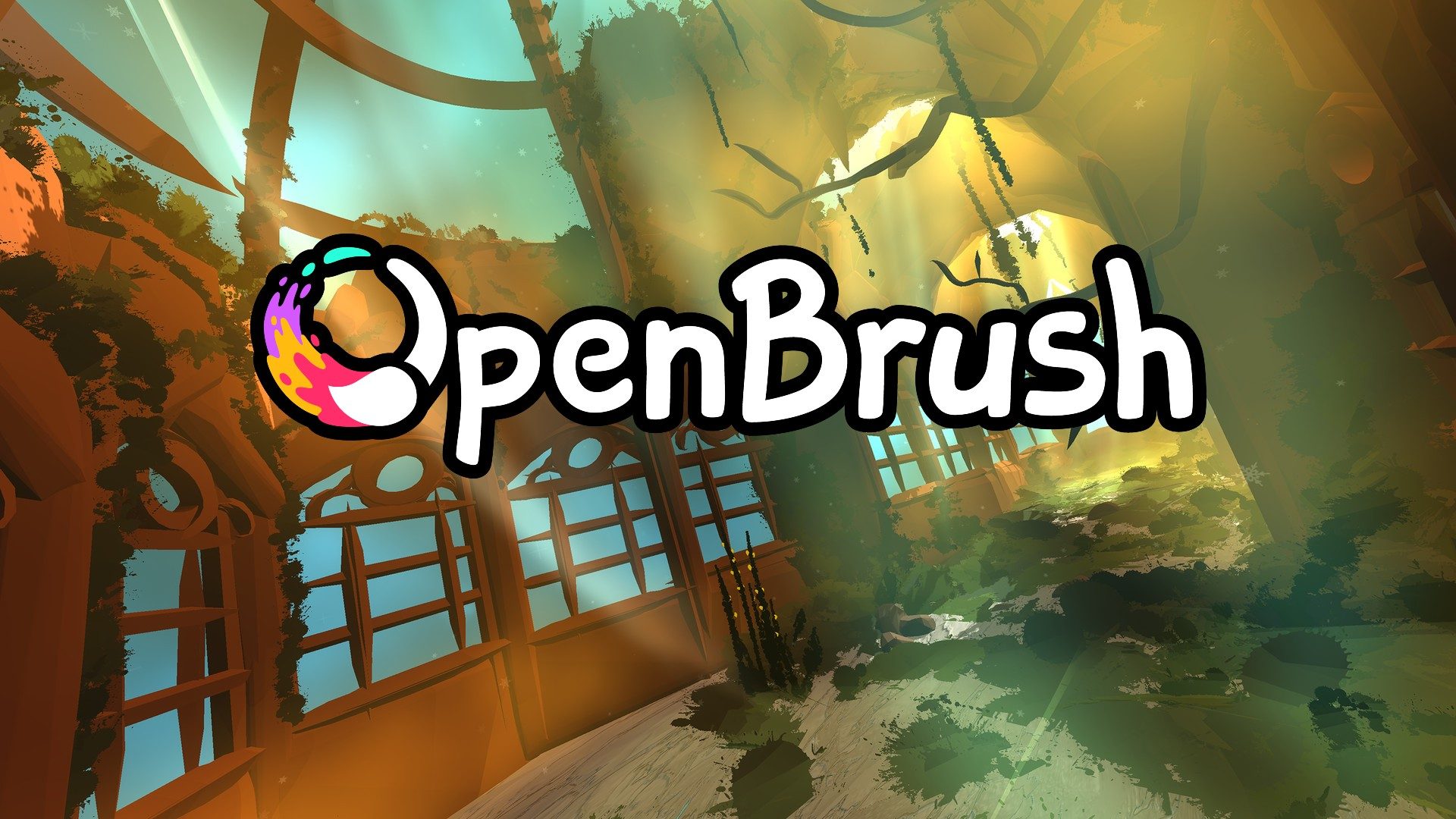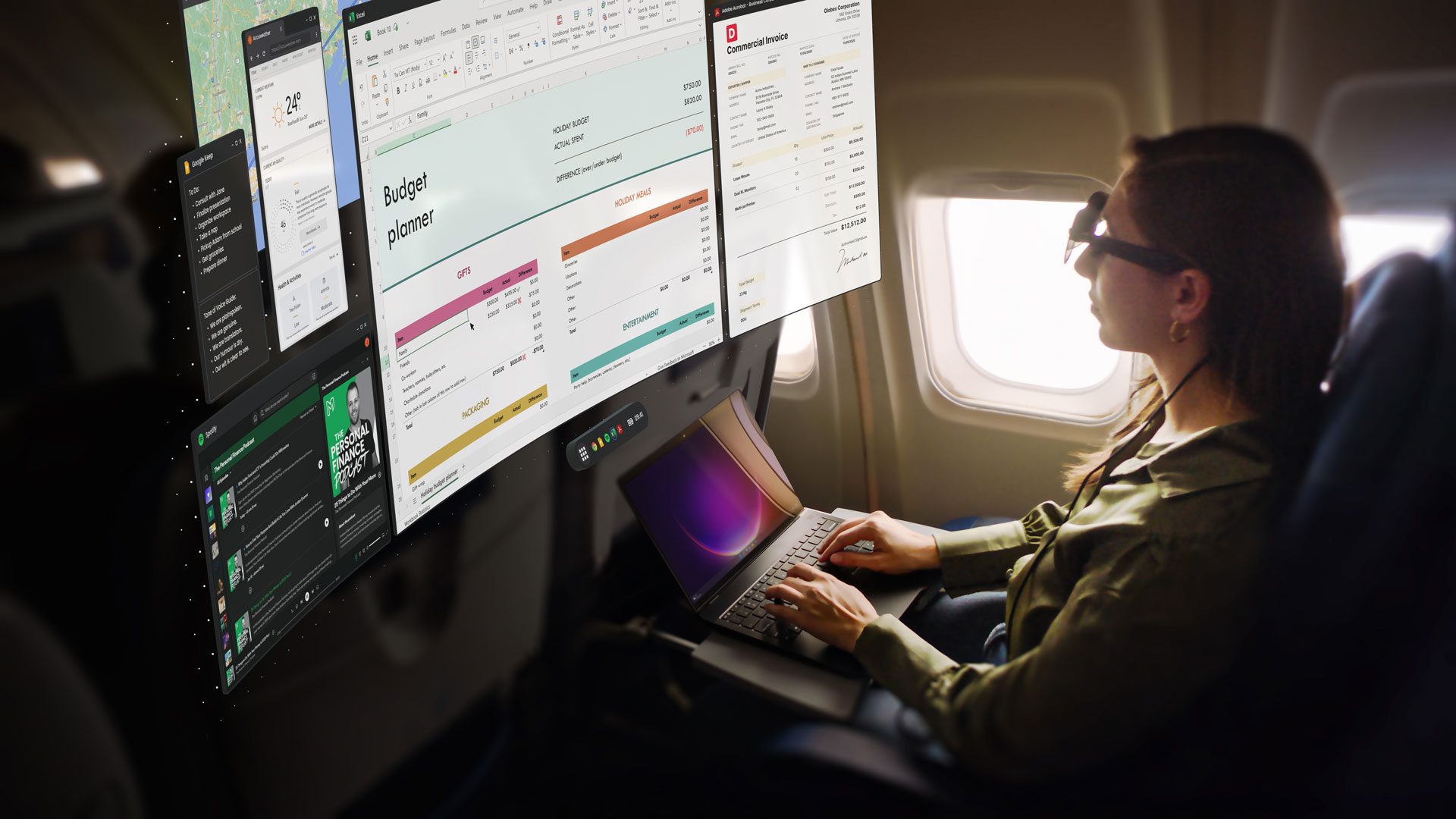Microsoft has taken a significant step forward by introducing neural rendering capabilities within its DirectX API. This enhancement lets GPUs tap into AI technology to revolutionize graphic computations.
Recently, Microsoft announced an exciting update to its DirectX API, which opens the door to neural rendering—a leap forward for real-time graphics processing powered by AI. This update is particularly exciting for those anticipating the potential of NVIDIA’s RTX 50 GPUs.
Neural rendering seems to be the buzzword of the day in the GPU world. We’ve heard NVIDIA’s CEO, Jensen Huang, emphasize its role in learning and predicting elements involved in rendering. Now, it looks like the industry is beginning to embrace this revolutionary concept earnestly.
In a blog update, Microsoft shared some thrilling news: DirectX will now embrace neural rendering across a variety of architectures. Additionally, they’ve introduced "cooperative vector" support to DirectX, thereby enhancing AI workload performance for both consumer and professional GPUs.
“Microsoft is thrilled to partner with NVIDIA to spearhead this new era in graphics programming, bringing broad industry support for neural shading technology,” stated Bryan Langley from Microsoft. "DirectX will soon feature Cooperative Vectors, unlocking the potential of Tensor Cores on NVIDIA GeForce RTX hardware, thus empowering game developers to significantly boost neural shaders on Windows."
If you’re not quite familiar, cooperative vector support is a technique that enhances GPU data processing by dynamically adjusting how data is handled in groups of diverse sizes. This optimization of matrix-vector operations not only accelerates AI workloads but also efficiently utilizes GPU resources, enabling developers to achieve the best possible results with neural rendering.
Microsoft also confirmed that the latest RTX 50 series GPUs from NVIDIA will support DirectX neural rendering alongside cooperative vector functionality. This means utilizing the built-in Tensor Cores to enable neural shaders, allowing developers to craft AI-driven visualizations and sophisticated algorithms for path-tracing. The outcome? Even more realistic and immersive graphics experiences.
Furthermore, Microsoft is collaborating with industry giants like AMD, Intel, NVIDIA, and Qualcomm. The objective? To weave the cooperative vector capability seamlessly into the DirectX ecosystem, ensuring AI-accelerated graphics computation is smoother and more efficient than ever.












![[Free Game Giveaway] Pets Hotel for PlayStation (NA/EU) [Free Game Giveaway] Pets Hotel for PlayStation (NA/EU)](https://www.xgamernews.com/wp-content/uploads/2025/05/Free-Game-Giveaway-Pets-Hotel-for-PlayStation-NAEU-360x180.jpg)


































